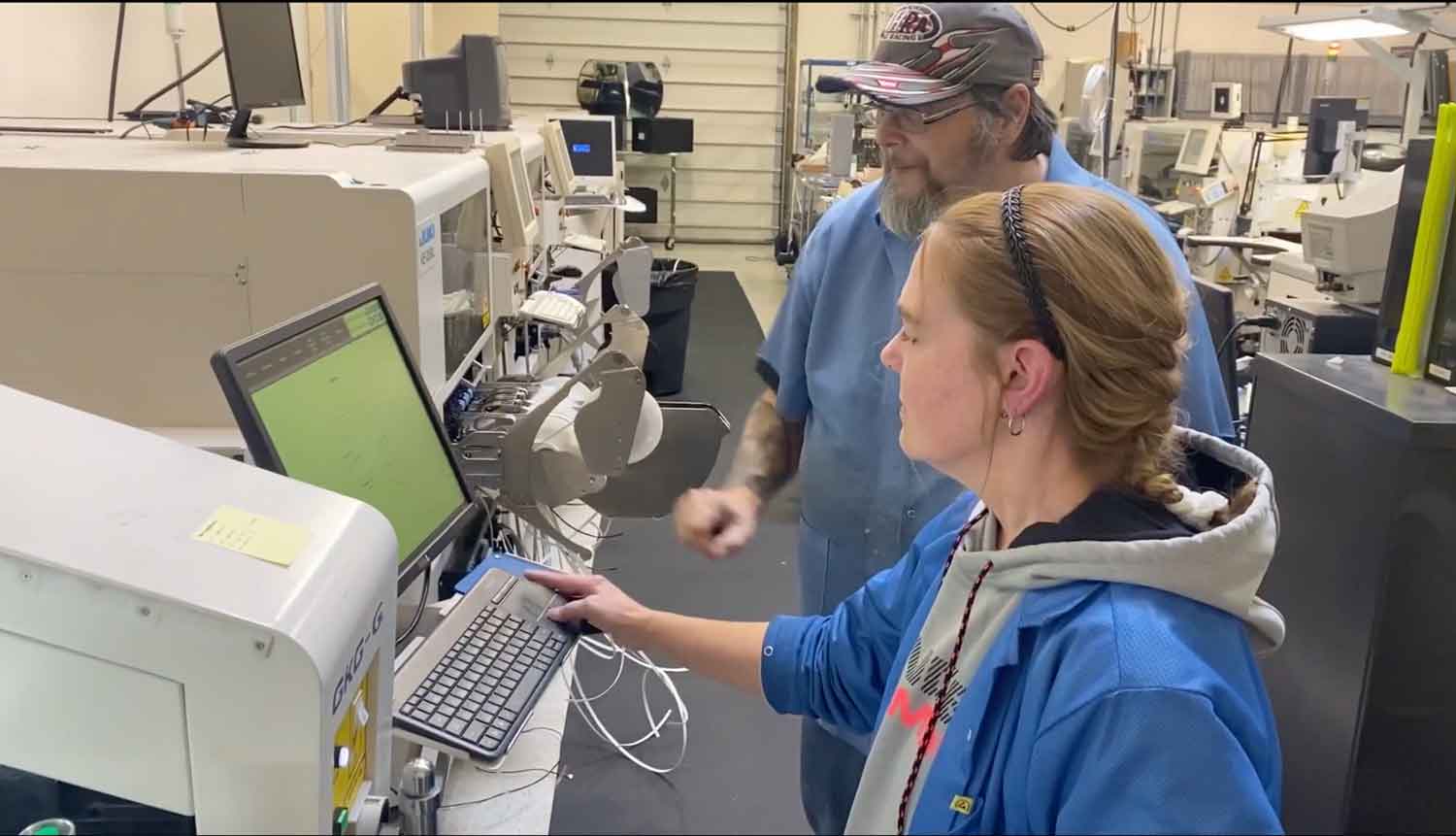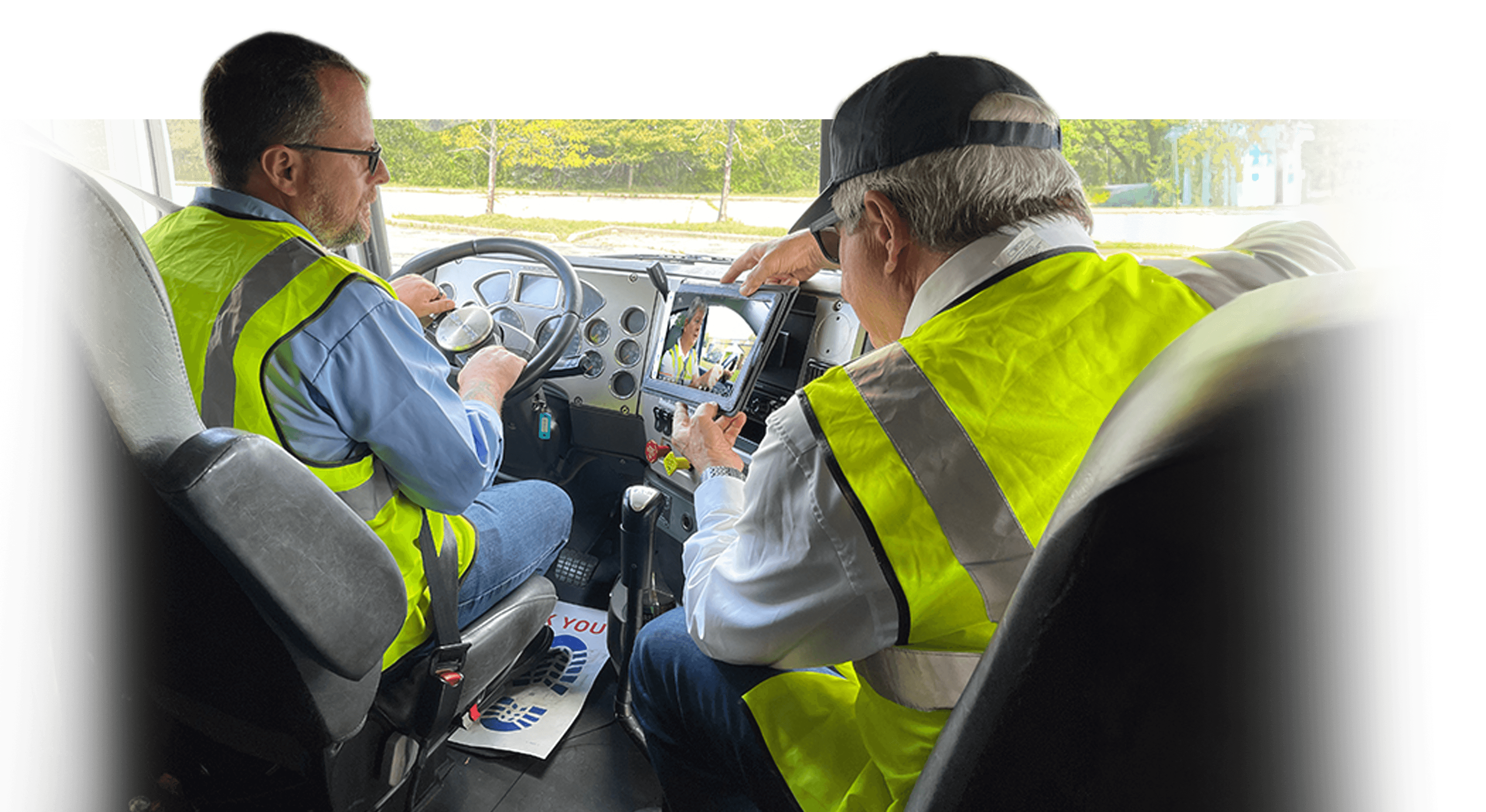Despite the time and money you sink into new employee training, you’re probably not happy with your results. Training always takes longer and costs more money than you want. Then, when it’s all said and done, it seems your employees still make tons of mistakes.
From industry to industry, people in your shoes have the same frustrations. In fact, the problem is so large that an entire branch of science has grown out of it: Industrial/Organizational Psychology.
One educational psychologist was Albert Bandura from Stanford University. He studied how people learn skills and developed an approach now known as Bandura’s Social Learning Theory.
What Is Bandura’s Social Learning Theory?
Albert Bandura first published his Social Learning Theory in 1977. His theory states that learning happens from observation, modeling behavior, and imitation. If you think about your own experiences, you can see how this is true. You learned how to tie your shoes, eat with chopsticks, throw a frisbee or make a pizza by watching someone do it first. To be crude, we could even call this “monkey see, monkey do.”
Bandura’s Social Learning Theory is highly applicable to training entry-level workers in any physical skills-related field. This includes nurses, truck drivers, carpenters, fast food cooks, machinists, auto technicians and most hourly occupations. People learn skills by watching someone perform them then trying for themselves.
Using Social Learning Theory in Your Training Program
If you want to train new employees in less time and get better results, you need to purposefully implement Social Learning Theory. Luckily, we’ve done the hard work for you. We developed a five-step model to teaching someone a new skill based on this theory:
- Verbal Persuasion
- Explanation
- Observation/Modeling
- Practice
- Feedback/coaching
Verbal Persuasion
Before anyone can learn a new skill, they need to know how it will help them. This is true for you as well. Our brains are full of information, and we constantly try to screen out new ideas. Before you can teach someone a skill, you must first persuade them that its worth their while. We call it WIIFM. What’s In It For Me?
Always start with the benefit. The benefit must relate to the trainee. It can’t be something like “this makes us more efficient” or “it saves us money.” They don’t care. It needs to be something like, “when you do it this way, you’re less likely to get hurt, or “Try this, it will save you time and effort.”
This first step is vital to creating motivated learners.
Explain the expectations.
Once they understand why they need to learn a new skill, you need to explain the expectations:
- What success looks like?
- What failure looks like?
- What are the discrete steps to follow?
Observation/Modeling
Next, your employees need to observe someone doing the skill. Observational learning (also called Modeling) is a key part of Bandura’s theory. Your employees will learn faster and better if they watch someone correctly perform the skill first. Traditionally, this happened through a live demonstration – the trainer said, “let me show you how I do it.”
You’re probably doing this today. A seasoned veteran shows the newbie how it’s done. Here’s the problem:, you can’t always rely on the seasoned veteran to do it right. To avoid this issue, you should present the trainee with specific descriptions, expectations and a video of an expert doing the skill. We recommend using a Skills Training System to accomplish this.
An STS like Instructor www.instructormobile.com has standardized descriptions, expectations, videos and checkpoints for every skill. An STS makes training efficient and consistent. Your trainers will never miss a step or teach something the wrong way again.
Practice
We can only learn skills through practice. You can’t bake a cake without getting some flour on your hands, and your employees can’t learn their jobs without trying it themselves.
Therefore, after your employees watch a short demonstration, they need to do the task themselves. This needs to take place in a controlled environment where mistakes won’t cause problems. That’s why truck drivers practice between traffic cones before going on the highway. It’s also why surgical students first practice on cadavers.
Instructor can help you here, too. Your trainer can observe the trainee and enter notes as they slowly get better at each skill.
Feedback/Coaching
After a new employee practices a new skill, it’s crucial that your trainers provide feedback. Feedback can be both positive and constructive. It should be specific. The best feedback of all is to watch a video of themselves. This is how professional quarterbacks learn. They watch Monday morning game tapes of themselves while an expert coaches them.
Once the trainee masters the skill, the trainer can confirm that they are proficient.
Getting Started
Hopefully, our five-step process to teaching skills has you excited. You can implement this approach immediately with Instructor our Skills Training System.
Instructor will give you:
- Faster training times
- Better skills
- Consistency
- Accountability
- Documentation


Hi, this is a comment.
To get started with moderating, editing, and deleting comments, please visit the Comments screen in the dashboard.
Commenter avatars come from Gravatar.